Road safety is important for every car owner. Beginners and seasoned drivers agree that you must be safe from car and traffic accidents. So, what are the most common traffic accidents, and how can you avoid them?
This article lists the top 10 types of most common traffic accidents and provides practical tips to stay safe while driving. Read on to learn about rear-end collisions, single-vehicle accidents, and more. We also include tips on seeking immediate medical and legal assistance in case of emergency.
1. Rear-End Collisions
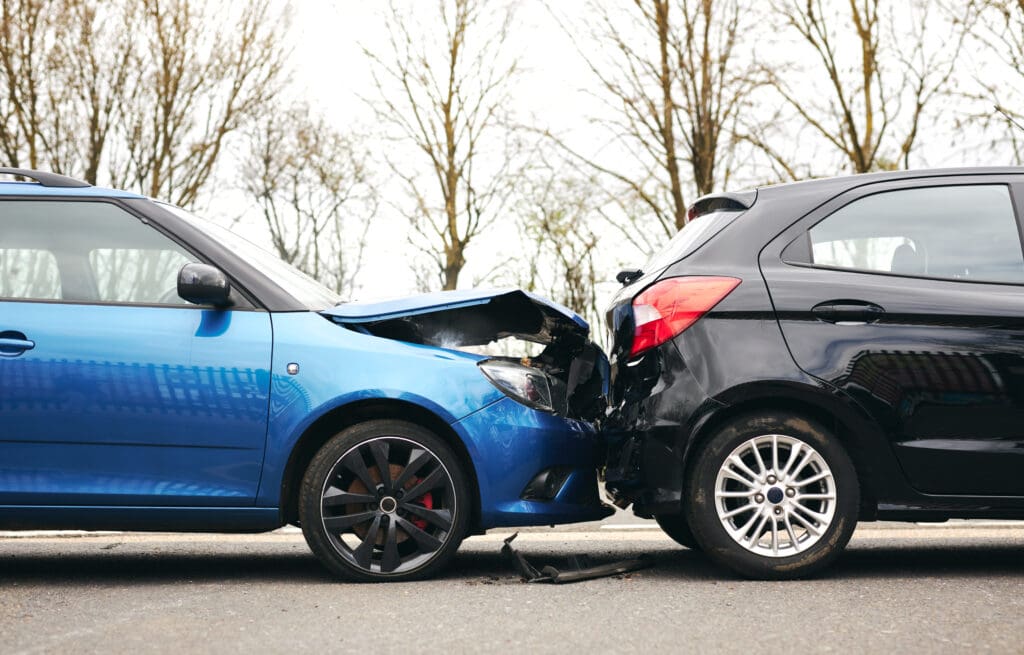
One of the most prevalent types of car accidents is rear-end collisions. These incidents happen when one vehicle strikes another from behind and can occur in various places, including highways and parking lots. A lack of proper spacing or distractions while behind the wheel often causes these types of collisions. Tailgating exacerbates this risk by diminishing the window for reaction to unexpected braking.
To prevent becoming involved in a rear-end collision, it’s essential to keep an adequate distance between your car and the one ahead – aim for at least one vehicle length per 10 mph you’re traveling. This gap allows ample time for response should there be abrupt deceleration or halts. Distractions such as texting or fiddling with controls contribute to causing collisions. Vigilance and focus while driving are critical defense measures against many potential rear-end impacts.
It takes an active approach to driving safely beyond just adhering to following distances to steer clear of these common occurrences. Ensuring that your vehicle maintains considerable separation from those ahead will bolster safety margins significantly—minimizing distraction risks along with sustaining recommended gaps offers strong protection against being part of frequent accident scenarios like rear-end collisions.
2. Single Vehicle Accidents
Accidents involving a single vehicle often occur when the car strikes static objects like road barriers or trees, leading to severe automobile accidents.
Factors contributing to these crashes include:
- Substandard road conditions
- Failures in vehicle mechanics
- Inclement weather conditions
- Lack of driver experience, especially on unfamiliar roads
- Sudden obstructions, such as wildlife entering the roadway
The inability of drivers to respond quickly can instigate these types of incidents.
The likelihood of serious injury is significant in these events because losing control and veering off-road may cause rollovers or collisions with immobile structures.
To reduce the risk of solo vehicle mishaps, motorists must adapt their driving techniques according to current street conditions and ensure that their vehicles are regularly serviced. Carefulness and readiness play crucial roles in avoiding many one-car accidents. Crucial preventive measures include moderating speed based on roadway circumstances, upkeeping your auto diligently, and staying alert for unanticipated hazards.
3. Side-Impact Collisions
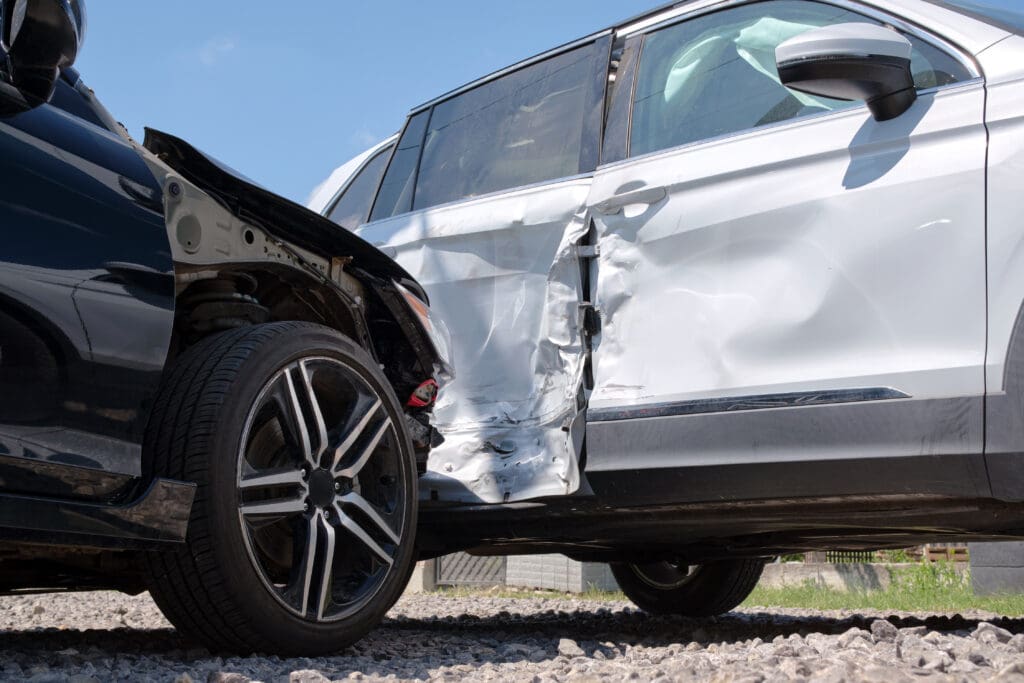
Vehicle accidents, especially those involving side impacts—commonly known as T-bone crashes—are often the result of drivers not yielding when making left-hand turns at intersections bustling with traffic. Unauthorized actions like U-turns and failure to heed stoplights are also contributing factors. Notably, approximately 40% of vehicular mishaps occur within the confines of an intersection.
The peril associated with side impact collisions is primarily due to their high likelihood of inflicting grave injuries. In terms of fatal outcomes, these types of accidents were responsible for nearly one-quarter (23%) in 2019 alone, ranking them as the second deadliest form after front-end collisions. The limited protective structure on a car’s sides leaves occupants more vulnerable during such incidents. Safety equipment like airbags mounted on side doors can offer some degree of protection against harm.
To diminish the possibility of being involved in a side-impact crash while driving, it’s crucial to remain vigilant, especially near crossroads where traffic converges from multiple directions. Adhering strictly to signal lights and signs by stopping or yielding when required is integral in preventing these types of disturbances that arise due to neglected road rules which play a significant role in reducing exposure risks connected with dangerous vehicle-to-vehicle impacts.
4. Head-On Collisions
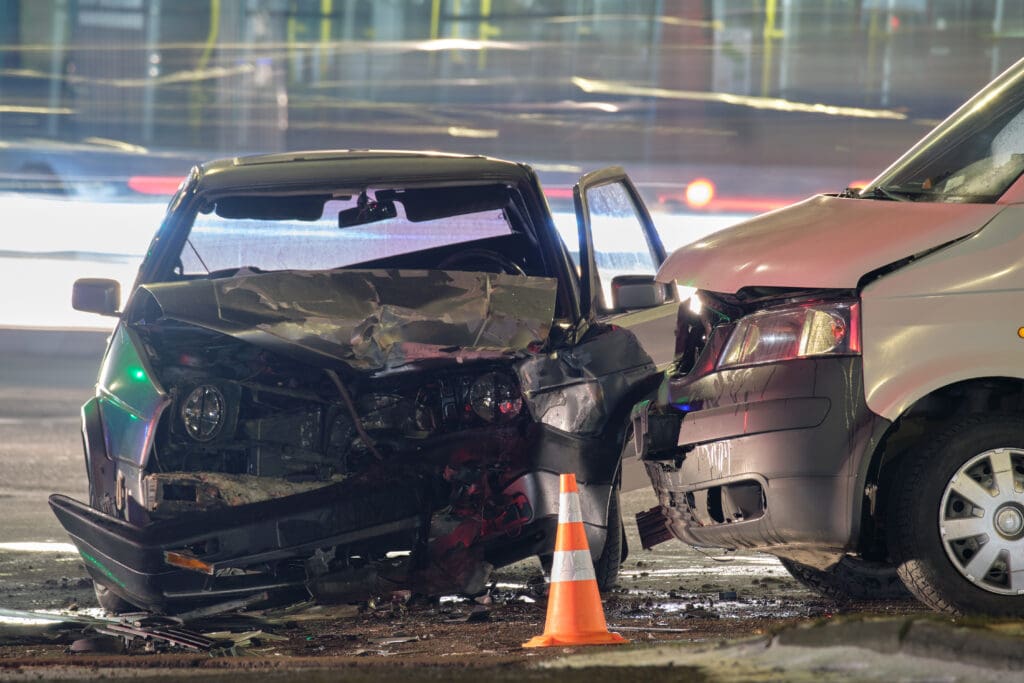
Head-on collisions stand as some of the most catastrophic types of car accidents, a category that encompasses numerous common car accidents. These particular crashes accounted for more than 10% of all motor vehicle fatalities in 2020, resulting in approximately 3,631 deaths. Drivers often cause these fatal accidents by misjudging traffic signals or entering one-way roads incorrectly or attempting dangerous maneuvers such as overtaking other vehicles across a double yellow line. Factors like distracted driving, impairment from substance use, and exhaustion among drivers contribute significantly to these incidents.
The repercussions of head-on collisions are typically dire due to the forceful impact when two vehicles collide while traveling at high speeds toward each other. This can lead to lasting physical harm including traumatic brain injuries among others.
To mitigate the risk associated with head-on collisions, drivers must comply strictly with road rules and signage. Maintaining vigilance behind the wheel and steering clear of any distractions is equally important. By recognizing what causes these kinds of serious crashes and implementing preventative strategies, we can reduce their occurrence on our roads substantially.
5. Multi-Vehicle Pileups
Accidents involving multiple vehicles frequently start with a single vehicle and escalate into chain reaction crashes. Such pileups, which involve several vehicles, can result in additional subsequent accidents. As the number of involved vehicles increases, so does the likelihood of significant injuries, rendering these situations exceedingly hazardous.
Adhering to safe driving practices such as keeping adequate distances between vehicles and adhering to suitable speed limits can aid in averting multi-vehicle pileups. Staying vigilant regarding the maneuvers of other drivers and prevailing road conditions is crucial for steering clear of these intricate and possibly fatal crashes.
6. Merging Accidents
Accidents during merging often occur due to a driver’s oversight in ensuring there is ample space to merge safely. Frequent causes include overlooking blind spots and incorrectly assessing the velocity of approaching traffic. A significant factor contributing to these types of collisions is the failure to check for vehicles in one’s blind spot, along with neglecting turn signals and engaging in merges at unsuitable speeds.
When drivers fail to detect other vehicles while combining lanes, side-swipe incidents can happen. The risk of such accidents escalates when driving too fast because it diminishes the time available for reaction and increases the difficulty of safe merging. Attempting to cross multiple lanes simultaneously amplifies the chance of experiencing a crash.
To minimize chances of crashing while merging into traffic, consistently scanning for vehicles within your blind spots, signaling intent with indicators before changing course, and maintaining an appropriate speed are crucial safety practices—particularly under conditions like nighttime or inclement weather—which aid significantly in preventing mishaps associated with lane merges.
7. Parked Car Damage
Selecting the right parking location is crucial in lessening the risk of damage to your parked car. Opting for spots that are distant from busy traffic zones and situated in well-lit areas can substantially diminish the possibility of your vehicle being struck or subjected to vandalism. Steering clear of spaces near crossroads and sharp bends can also aid in averting scrapes caused by passing vehicles.
Ensuring that you park squarely within a designated spot and taking advantage of a garage when possible serve as potent measures to safeguard your automobile. By adhering to these protective strategies, you can minimize the probability of sustaining harm to your car during its stationary periods.
8. Backing Collisions
Collisions during reverse are frequent incidents in parking lots and residential driveways. These accidents often happen when a driver mistakenly presses the accelerator instead of the brake, resulting in unexpected high-speed backing up. The larger the vehicle, the bigger its blind spots tend to be, making it increasingly difficult for drivers to detect small objects or children behind them.
To reduce the risk of collisions while backing up, try to avoid reversing altogether if you can. Utilizing a backup camera can aid significantly in avoiding such mishaps. Either pulling forward into a parking spot or reversing into one upon arrival means there’s no need for backward movement later on—this strategy effectively diminishes the chances of collision with other vehicles or obstacles.
9. Weather-Related Accidents
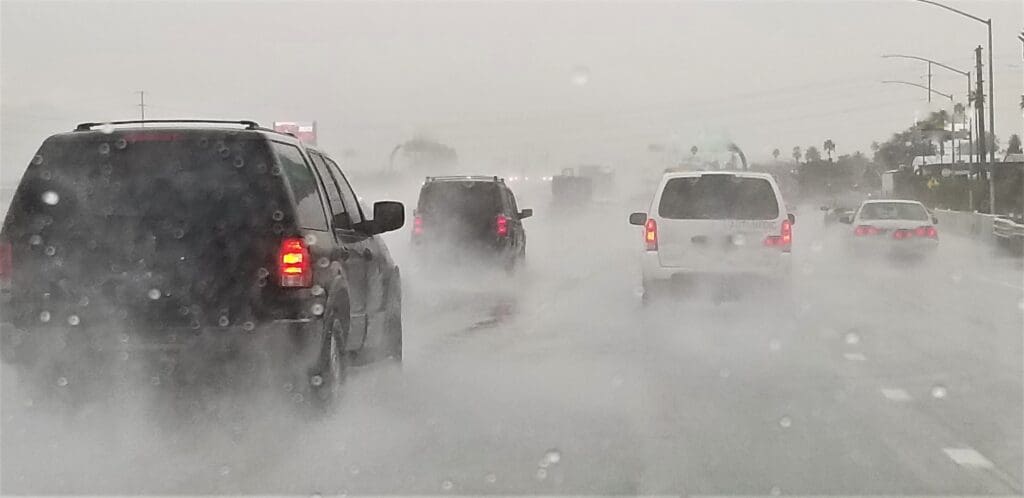
Over ten years from 2007 to 2016, weather-related car accidents have been alarmingly high, with more than one million two hundred thousand incidents reported due to adverse conditions. The presence of rain, ice, or snow often results in slippery surfaces that can dramatically increase the likelihood of vehicle crashes. Worn tires may lead to hydroplaning on wet roads, causing drivers to lose control and slide uncontrollably.
Hazardous weather conditions significantly reduce visibility and present dangerous conditions for driving. A few specific problems include:
- Fog drastically lowers the ability to see other cars and traffic signs.
- Snow-covered roadways enhance the possibility of vehicles slipping out of the driver’s command.
- Ice leads directly toward vehicular spin-outs that frequently culminate in severe collisions.
It is crucial for motorists operating their cars under rainfall to proceed with heightened caution and utilize headlights when navigating through foggy environments as preventive measures against roadway mishaps.
Adopting slower speeds, and ensuring regular maintenance of your automobile parts especially related to safety considerations like brakes and tyres are essential tips together with restraining oneself from hitting the road amidst extreme weather situations collectively contribute toward diminishing risks associated with harsh meteorological influences while driving.
10. Distracted Driving Accidents
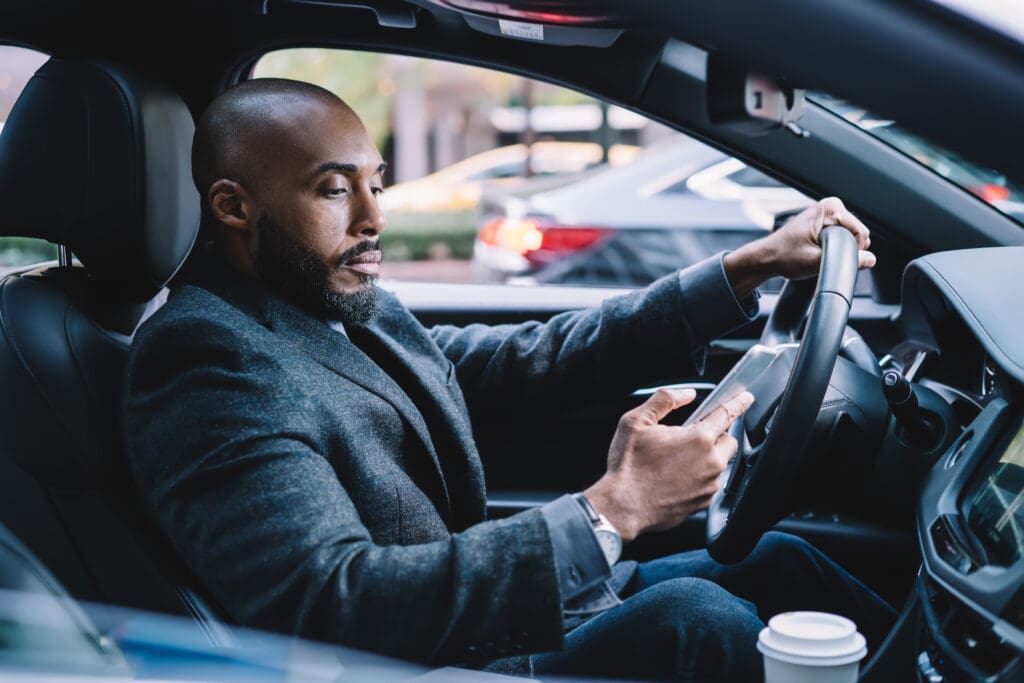
Driving while distracted significantly contributes to the prevalence of car accidents and is often cited as a primary factor in many crashes. It holds the notorious distinction of being responsible for 87% of rear-end collisions. Engaging in texting while behind the wheel has been found to increase the likelihood of an accident six times more than if one were driving under the influence.
Alarmingly, among teen drivers, 35% confess to having texted or emailed while operating their vehicles. Nevertheless, there’s overwhelming support against this dangerous behavior. With 94% favoring a prohibition on texting while driving. Scientific evidence underscores that multitasking is not feasible for our brains when engaged in driving activities, thus heightening the risks associated with such distractions.
To effectively combat distracted driving incidents, drivers must pledge full attention toward navigating their cars safely without succumbing to diversions like mobile phones and other non-driving related tasks. Vigilance and focus on controlling your vehicle can be instrumental in lessening occurrences of distract-driven mishaps on roads.
How 1-800 Ask Gary Can Help After an Accident?
The helpline 1-800 ASK GARY is available day and night, offering immediate assistance for those affected by car accidents. Its role is to connect individuals with necessary resources after a car crash, ensuring they receive empathetic, intelligent support at no cost.
If you’re seeking legal or medical aid post-accident, 1-800 ASK GARY can facilitate the connection to an experienced car accident attorney or a qualified physician or surgeon. They are equipped to direct you towards the professional help suitable for your situation.
Through these vital services provided by 1-800 ASK GARY, victims of auto accidents are guided through their crisis moment effectively. This ensures that they gain access to crucial support and rightful compensation in dealing with the aftermath of an automobile crash.
